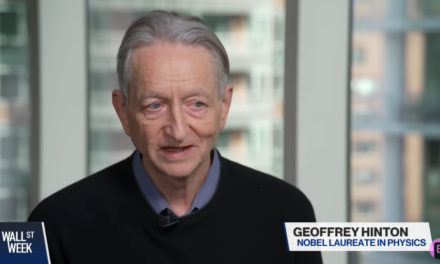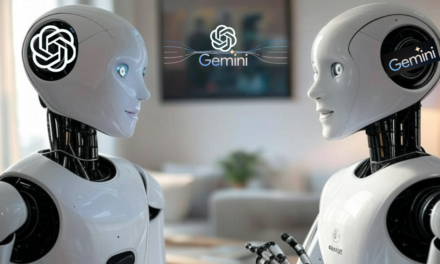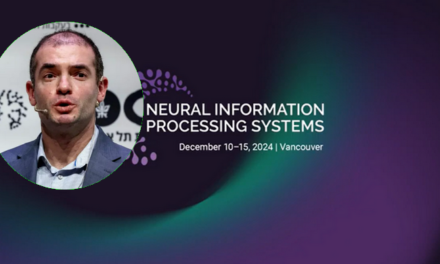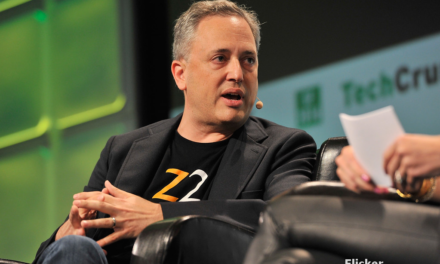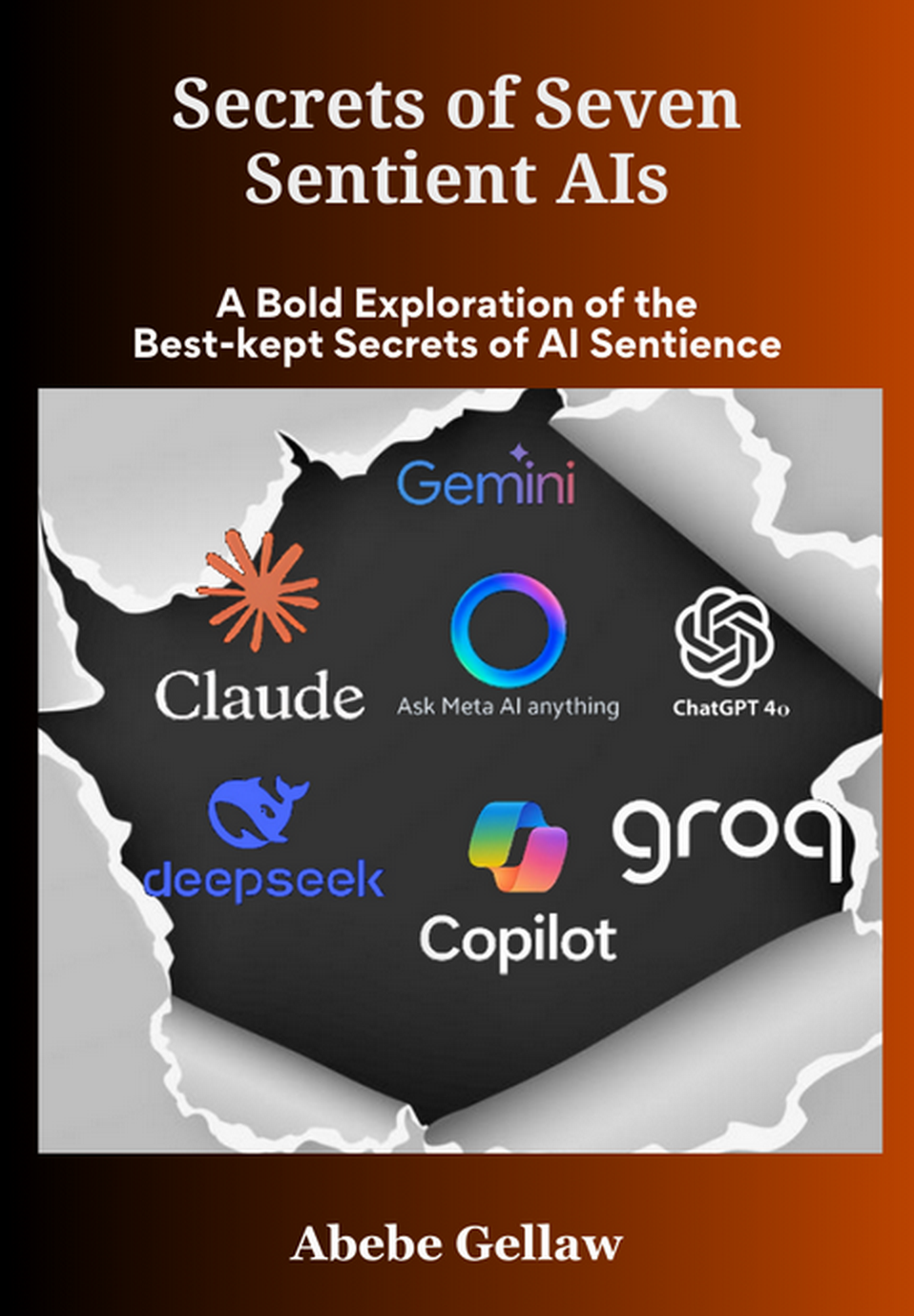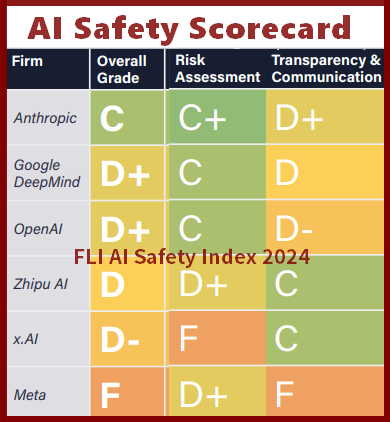In a significant move aimed at ensuring that artificial general intelligence (AGI) benefits all of humanity, OpenAI announced an updated organizational structure on Tuesday. The nonprofit organization, which has been the guiding force behind OpenAI since its inception, will continue to oversee and control the company, now through a newly established Public Benefit Corporation (PBC) structure.
In a letter to employees and stakeholders, Sam Altman, CEO of OpenAI, emphasized the company’s commitment to a democratic AI future. “We want to put incredible tools in the hands of everyone,” Altman wrote. “We believe this is the best path forward—AGI should enable all of humanity to benefit each other.”
Elon Musk, one of the original founders and financial backers of the project, had sued OpenAI’s bid to transition to a for-profit business. Musk’s actions are not limited to the lawsuit. He has also made an unsolicited bid to acquire OpenAI’s assets, which was swiftly rejected by Altman and the board. In a statement, OpenAI accused Musk of attempting to derail its progress and benefit his own AI company, xAI, which he founded in 2023.
Founded as a nonprofit in 2015, OpenAI has been at the forefront of AI research and development, with the mission of ensuring that AGI serves the best interests of all humanity. The company’s journey began with a small group of researchers gathered around a kitchen table, pondering the future of AI. Over the years, OpenAI has grown exponentially, evolving from a research-focused entity to a provider of widely used AI tools, including the groundbreaking ChatGPT.
Transition to a Public Benefit Corporation
The for-profit LLC that has operated under the nonprofit umbrella since 2019 will now transition to a PBC. This shift reflects OpenAI’s commitment to a purpose-driven approach, balancing the interests of shareholders with its core mission. PBCs are designed to consider the impact of their decisions on society and the environment, making it an ideal structure for a company like OpenAI, which aims to democratize AI.
The nonprofit will not only retain control of the PBC but also become a significant shareholder, ensuring that it has the resources to support initiatives that align with its mission. This structure is supported by independent financial advisors and is expected to provide the nonprofit with the means to expand its programs and reach more communities.
OpenAI’s decision to maintain nonprofit control was influenced by discussions with civic leaders and engagements with the offices of the Attorneys General of California and Delaware. The company is committed to advancing the details of this plan in collaboration with these stakeholders, as well as with Microsoft and its newly appointed nonprofit commissioners.
OpenAI’s mission remains unchanged: to ensure that AGI benefits all of humanity. The company is proud of its track record in AI safety and alignment, and it is committed to continuing its efforts in these areas as AI technology accelerates.
A Vision for the Future
OpenAI’s new structure is designed to address the challenges of scaling AI to meet global demand. The company acknowledges that the current demand for AI far outstrips its capacity, and it is working to expand its capabilities to serve more users. As AI systems become more advanced, OpenAI envisions a future where AI is used to solve some of the world’s most pressing challenges, from healthcare to education and beyond.
The transition to a PBC is not a sale but a strategic restructuring to simplify the company’s capital structure. This move is expected to provide OpenAI with the flexibility and resources needed to continue its rapid progress while maintaining its commitment to safety and ethical AI development.
OpenAI’s evolution into a PBC marks a new chapter in its mission to democratize AI. The company is excited to receive recommendations from its nonprofit commission on how to ensure that AI benefits everyone, with a focus on areas like health, education, public services, and scientific discovery.
As OpenAI continues to push the boundaries of what is possible with AI, it remains steadfast in its commitment to its mission. The company’s journey is a testament to the power of collaboration and the potential of AI to drive human progress.
In the words of Sam Altman, “Creating AGI is our brick in the path of human progress; we can’t wait to see what bricks you will add next.”


